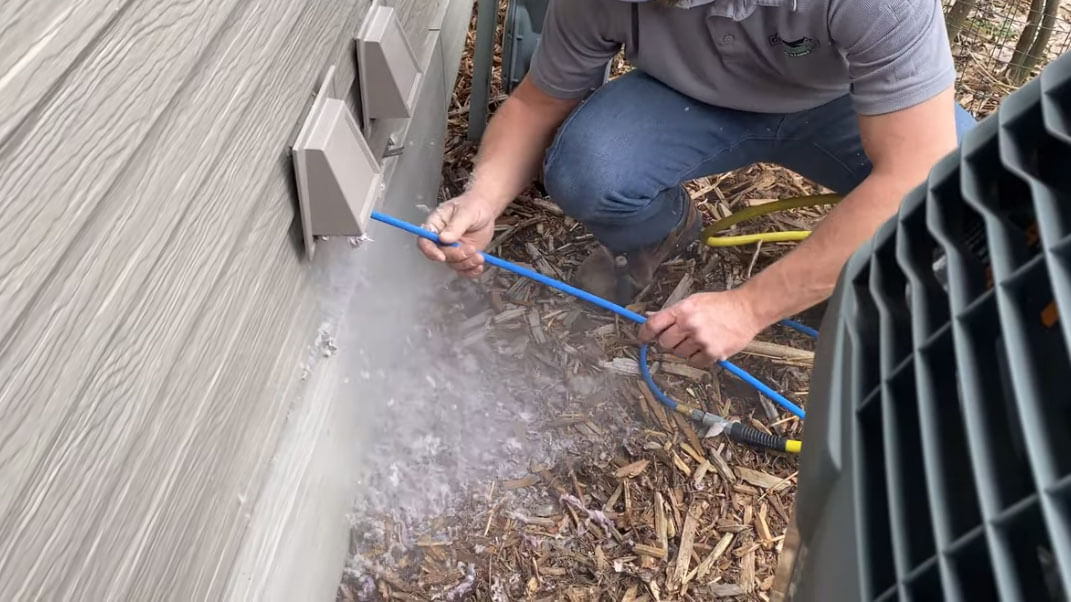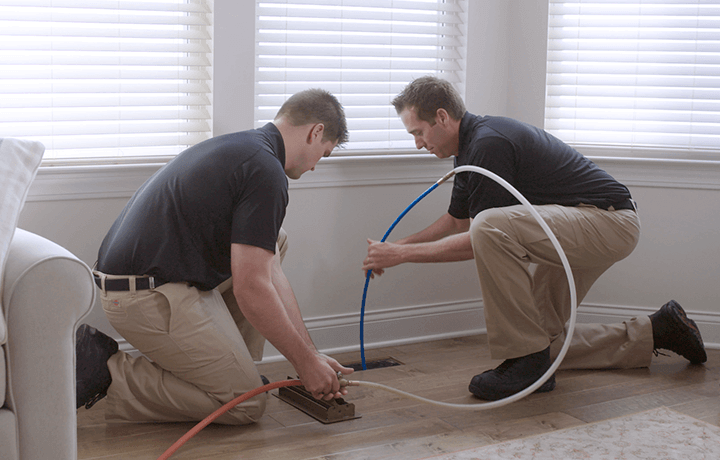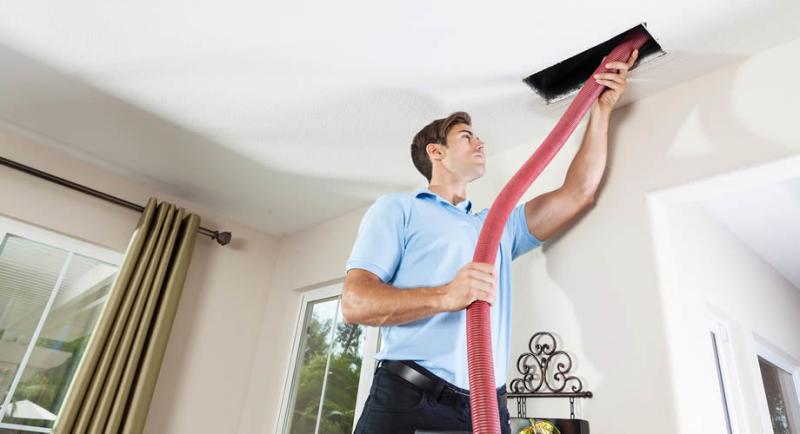Are you wondering what is the average cost of air duct cleaning? Air duct cleaning is an essential task for both homeowners and business owners. Ensuring clean and properly maintained air ducts can improve air quality, drive energy efficiency, and extend the lifespan of HVAC systems.
Understanding the Importance of Air Duct Cleaning
Regular air duct cleaning has many benefits, including reducing allergens, improving HVAC efficiency, and maintaining indoor air quality.
Why Clean Your Air Ducts?
Over time, dust, debris, and other contaminants accumulate in air ducts. This buildup can cause respiratory issues, increase energy costs, and reduce the efficiency of your HVAC system. The straightforward solution is periodic professional air duct cleaning.

Factors Affecting the Cost
Size of the System
The size and complexity of your HVAC system play a significant role in determining the cost of air duct cleaning. A larger system requires more time and resources to clean.
Extent of Contamination
If your ductwork is heavily contaminated, it may require more intensive cleaning methods, increasing the overall cost.
Location
Geographic location can influence the price. Urban areas with a higher cost of living generally see higher service charges.

Average Cost Breakdown
The average cost of air duct cleaning typically ranges from $300 to $500, depending on the factors mentioned above. Some companies might charge by the hour, with rates averaging between $25 and $50 per hour.
Standard Package Inclusions
Most standard air duct cleaning packages include:
- Inspection of the duct system.
- Removal of debris and dust.
- Cleaning of the main ducts and return air vents.
Optional Services
Optional services such as mold remediation, sealing, and sanitizing can add to the overall cost.

DIY vs. Professional Cleaning
While some homeowners might consider DIY air duct cleaning to save money, professional services are recommended for their thoroughness and expertise.
Pros of Professional Cleaning
Professionals have access to specialized equipment and are trained to address various types of contamination effectively.
Cons of DIY Cleaning
DIY methods can be time-consuming and may not achieve the same level of cleanliness as a professional service.

How Often Should You Clean Your Air Ducts?
It’s generally recommended to clean your air ducts every 3 to 5 years. However, this can vary based on your living conditions and HVAC usage.
Signs You Need Cleaning
Indications that it might be time for cleaning include:
- Visible mold growth inside the ducts.
- Noticeable dust accumulation on vents.
- Musty odors coming from the HVAC system.
Finding a Reputable Air Duct Cleaning Service
When looking for a reputable service provider, consider their certifications, customer reviews, and pricing.
Checking Certifications
Ensure the company has certifications from recognized industry organizations, which indicates adherence to quality standards.
Reading Reviews
Customer reviews can provide insight into the company’s service quality and reliability.
Questions to Ask Your Service Provider
Before hiring an air duct cleaning service, ask:
- What does your service package include?
- How long will the cleaning process take?
- Do you offer any guarantees or warranties?
Conclusion
Air duct cleaning is a crucial aspect of home and business maintenance. Understanding what is the average cost of air duct cleaning helps you make an informed decision. It’s an investment that pays off in improved air quality and energy efficiency.
For more insights, check out our detailed guides on marketing tips, automation trends, and cost breakdowns.
FAQ
How long does air duct cleaning take?
Typically, air duct cleaning takes between 2 to 4 hours, depending on the size and condition of your HVAC system.
Is air duct cleaning necessary?
Yes, regular air duct cleaning is important for maintaining indoor air quality and the efficiency of your HVAC system.
How do I know if my air ducts need cleaning?
Signs that your air ducts need cleaning include visible dust buildup on vents, musty odors, and increased allergy symptoms.
